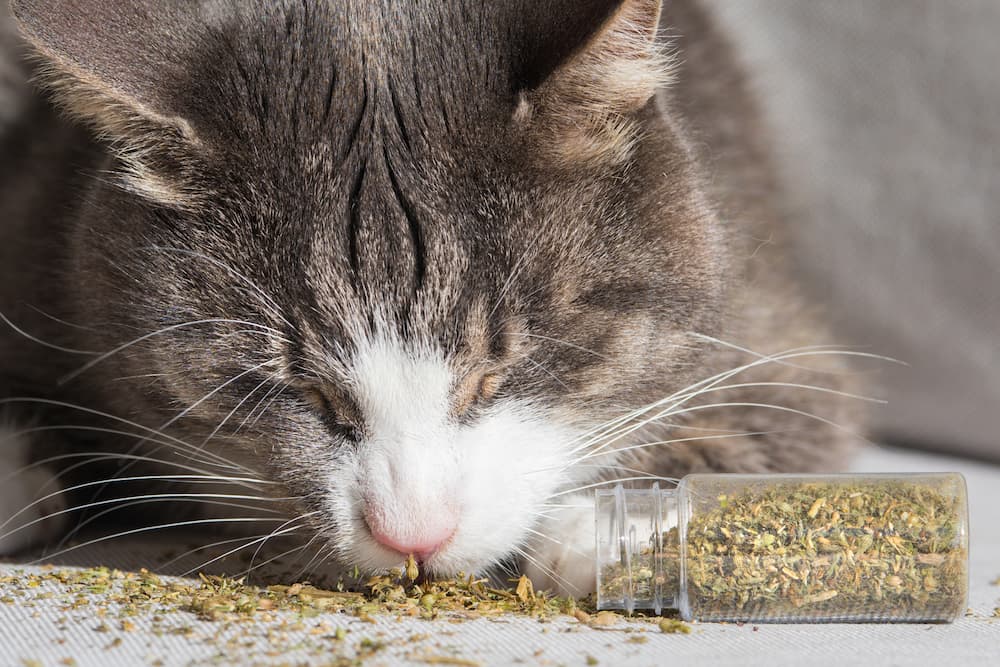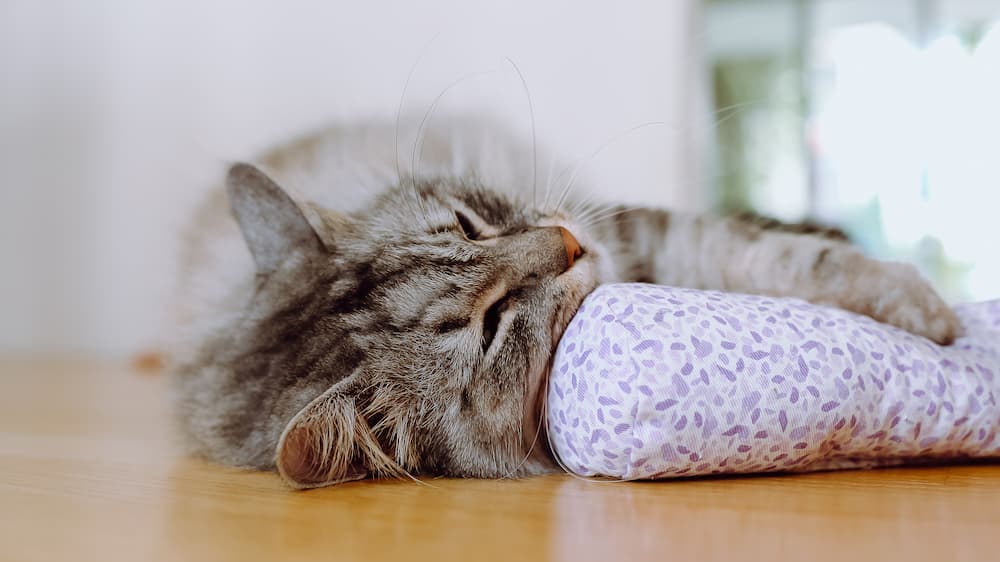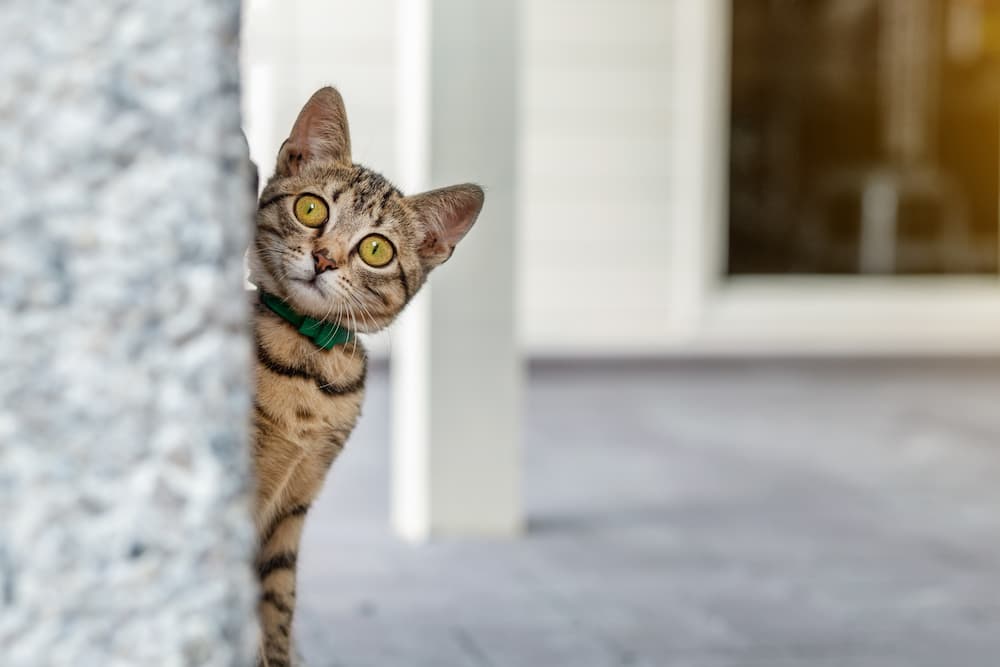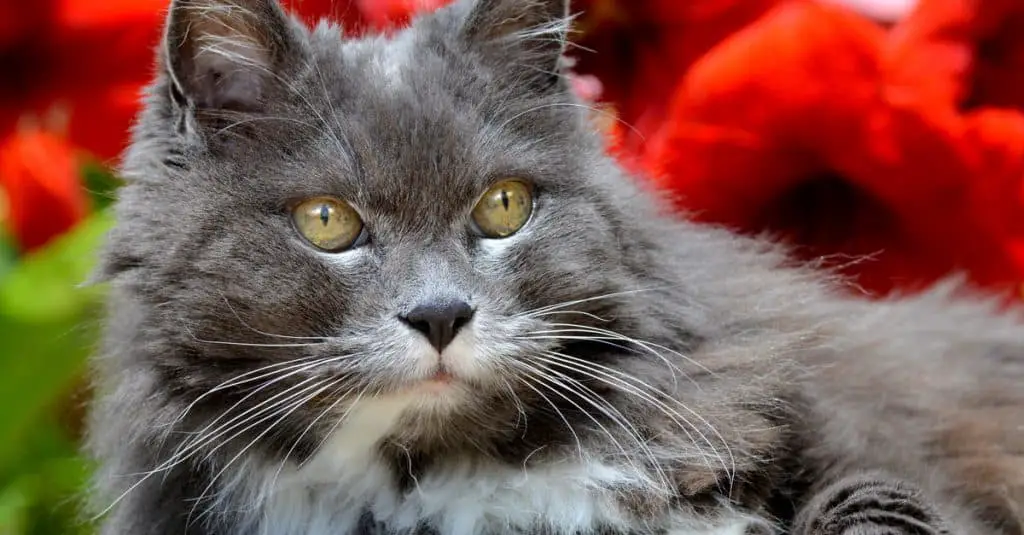In the grand world of feline enchantments, catnip and silvervine stand out as the dual monarchs, reigning supreme in the hearts and minds of our fluffy companions. These two are the ‘cat’s pajamas’, if you will – the subjects of fascination, playfulness, and downright obsession for many of our feline friends. Yet, as much as they are adored, these two intriguing cat attractants remain shrouded in a veil of mystery to most of us. What is it about these botanical wonders that make our cats flip, roll, and purr with such unabashed delight? Buckle up, kitty aficionados, as we dive into the exciting and somewhat wacky world of catnip and silvervine. It’s going to be a ‘purr-fectly’ fun ride!

The Basics of Catnip
Commonly known as ‘catmint’ or ‘catswort’, Catnip is a perennial plant from the mint family. This herbaceous beauty, native to Europe, Asia, and Africa, has a reputation that precedes itself in the realm of feline fascination. But what is it about this plant that makes our feline friends go bonkers? The answer lies in a chemical compound known as nepetalactone, found in the leaves and stems of the catnip plant. It’s this intoxicating substance that triggers a euphoric response in susceptible cats, leading to behaviors such as rolling, rubbing, purring, and leaping.
The love story between cats and catnip isn’t a modern-day marvel. Historically, catnip has been putting smiles on feline faces for centuries. In fact, its use as a cat attractant dates back to Roman times, when it was also used for its medicinal properties in humans. Fast forward to today, and catnip is a cultural icon in the pet world, often used in toys, sprays, and even dental chews, making it an all-time favorite in the kitty kingdom.
The Allure of Silvervine
Meet Silvervine, also known as Actinidia polygama, a deciduous climbing plant that hails from the cool mountain regions of East Asia. Just like its cousin catnip, silvervine has its own unique charm and allure, capturing the hearts and minds of many feline connoisseurs. The secret to its magnetic appeal lies in a compound known as actinidine, similar in function to nepetalactone in catnip, which induces delightful kitty gymnastics and a state of euphoria. But that’s not all – silvervine is a potent cocktail of several other compounds. One of them is dihydroactinidiolide, a fragrance component that is believed to be another crucial player in the feline attraction game.
Comparatively, while catnip’s effects are primarily attributed to one compound, silvervine’s magical allure is a consequence of a symphony of compounds working in tandem. The effects of silvervine on cats can be even more pronounced than catnip – a veritable kitty rave in your living room. Cats under its influence display intense playfulness, followed by a period of “zen” relaxation. Furthermore, research has shown that some cats unaffected by catnip could still respond positively to silvervine, marking it as a strong alternative contender in the arena of feline favorites.

The Science Behind the Attraction
Cats’ reactions to both catnip and silvervine aren’t just a result of their love for the great outdoors captured in these two magical plants, but it has a scientific basis rooted in their olfactory system. Cats possess a highly developed sense of smell, and these plants exude compounds that tickle their olfactory receptors, resulting in a cornucopia of behaviors that range from playful frolicking to intense fascination. However, not all cats are susceptible to these enchanting effects. Genetic factors play a major role in determining whether your feline friend is sensitive to these plants. It’s believed that around one-third of cats are genetically immune to the allure of catnip, and a similar principle applies to silvervine. So, if your cat is seemingly indifferent to that brand-new catnip toy, don’t take it personally. It’s not the toy; it’s just genetics playing its part in the grand scheme of feline preferences.
Catnip and Silvervine Products
In the marketplace, catnip and silvervine products cater to all kinds of feline predilections. Catnip-infused toys take many forms, from small plush mice perfect for batting around to larger pillows designed for bunny-kicking and wrestling. There’s even catnip in bubbles – yes, you heard me, bubbles! – that add an extra layer of fun to an already exciting chase. Sprays containing catnip oil can be a great option if you want to refresh an old toy or encourage your cat to use a scratching post or bed.
On the other side, silvervine sticks are a big hit, providing both the intoxicating effects of the plant and a great chewing stick for dental health. Silvervine powder, similar to their loose dried catnip, can be used to encourage certain behaviors or rejuvenate interest in older toys.
In the diverse world of feline favorites, the latest craze is products combining both catnip and silvervine—like the ultimate cat treat! These innovative products are a feline’s equivalent of a double-scoop ice cream on a hot day—twice the fun, twice the pleasure. Offering a potent mix of euphoria-inducing nepetalactone from the catnip and the irresistible allure of actinidine from silvervine, these products are specially designed to stimulate your cat’s senses to the maximum. Not only does this blend cater to different taste buds, but it also offers a solution for those finicky felines who are non-reactive to one but might respond to the other. A catnip-silvervine cocktail toy provides a sensory feast that your cats won’t be able to resist. So, why choose when you can have both? With catnip and silvervine combined, your feline friend is in for the ride of their nine lives!

Health Benefits and Risks
When it comes to the health benefits, both catnip and silvervine come out as winners. They work as stress busters, providing a natural and harmless way for your cats to let off some steam. The euphoria and the intense playfulness that follows exposure to these plants can help reduce anxiety and promote physical activity, keeping your feline friend both mentally stimulated and physically fit. However, like anything in life, moderation is key. Overexposure can lead to desensitization, reducing their effectiveness over time. In rare cases, excessive use could lead to mild gastrointestinal upset. So, while these plants are generally safe for cats, it’s best to observe your cat’s reactions and use them sensibly. Remember, too much of a good thing can be, well… not so good!
Final Thoughts
Catnip and silvervine are two popular plants that have captured the hearts of cats and cat owners alike. While catnip has been a fan favorite for decades, silvervine is quickly gaining recognition as a strong alternative with its potent blend of compounds that can leave even the toughest critics in a state of feline bliss. Whether used separately or combined, these plants offer a natural and safe way to enhance your cat’s playtime and provide them with mental and physical stimulation. With the wide variety of products available in the market, there’s something out there for every feline friend. So, go ahead, treat your cats to a paw-sitively delightful experience with catnip and silvervine!








